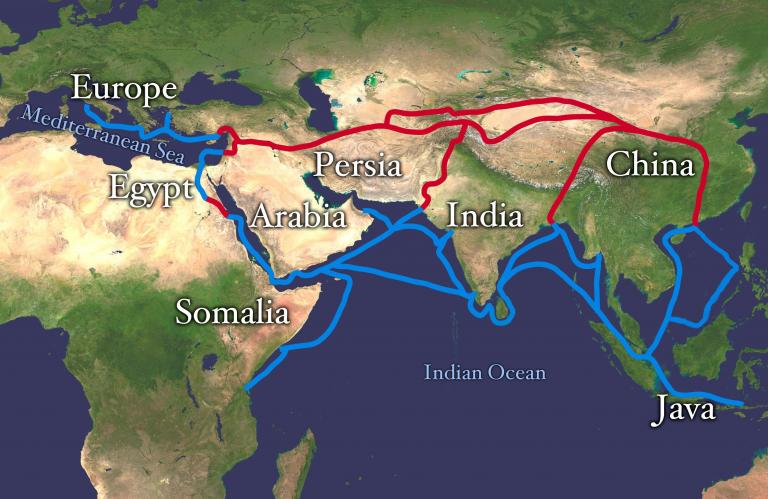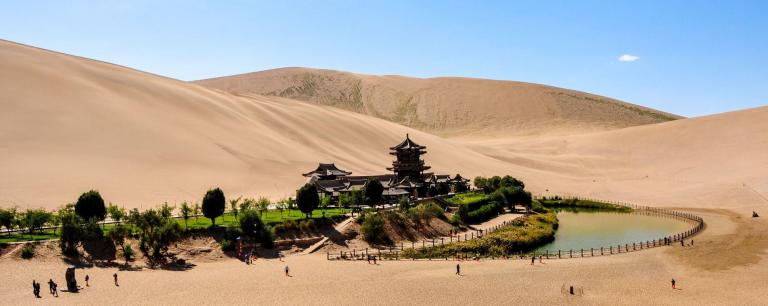Silk Road-Melodious Camel Bell Sound
2 min readIn the Han and Tang Dynasties of China,a traffic road leading to Central Asia, South Asia, West Asia, Europe and Africa was named as the Silk Road byEuropean historians because that the silk, produced only in China and most popular to western countries at that time, enjoyed the largest number among those goods exported through this road. The Silk Road once played an important role for a long period in the ancient friendly Chinese-foreigner association history. Since the Yuan Dynasty, the Silk Road has been gradually declined because of the developed marine traffic, but its great contribution tothe human civilization is still praised by people all over the world. Nowadays, every Chinese and foreign tourist coming to Xinjiang hopes to enjoy landscapes of the ancient Silk Road and taste customs in the Western Regions characterized by jingling camel bells and border-fortress sunset.

The Silk Road, starting from the ancient capital Chang’ an(today’s Xi’ an) in the east, passing through the Weihe River to Gansu, traveling through the Hexi Corridor to traverse Xinjiang, tramping over Congling and passing through today’s Central Asia, Pakistan, Afghanistan, Iran, Iraq and Syria to arrive in the Indian Ocean, the Persian Gulf and the eastern Mediterranean coast, is about 7,000km long, among which, the Xinjiang section based on the Middle Road of the Silk Road is about 2,000 km.

The Silk Road in Xinjiang comprises three major roads. According to Traditions in the Western Regions in the Book of Han, in the Han Dynasty, the Silk Road departed from Yumen and Yangguan to enter the territory of Xinjiang, and then was divided into one south road traveling west along the south of the Tarim Basin and one north road traveling west along the north of the Tarim Basin, with both located in the south of the Mt. Tianshan. By Sui and Tang Dynasities,a new road, located to the north of the Mt. Tianshan and starting from Dunhuang to Kumul and Barkol and then traveling west throughChangji and Huocheng to depart from today’s west territory of Xinjiang, was called the New North Road according to the Book of Sui and the Book of Tang. Later on, the New North Road was renamed as the North Road, and the original North Road was renamed as the Middle Road by people according tolocations of the three major roads. Therefore, there are the North Road, the Middle Road and the South Road which is generally known to people at present.
Ancient City of Qilang in Keping -Necessary place of the North Road of Silk Road. Caravans, envoys, militaries east to west from Qiuci Country to Shule Country wll supply provisions and check before moving ahead during Han Dynasty.









